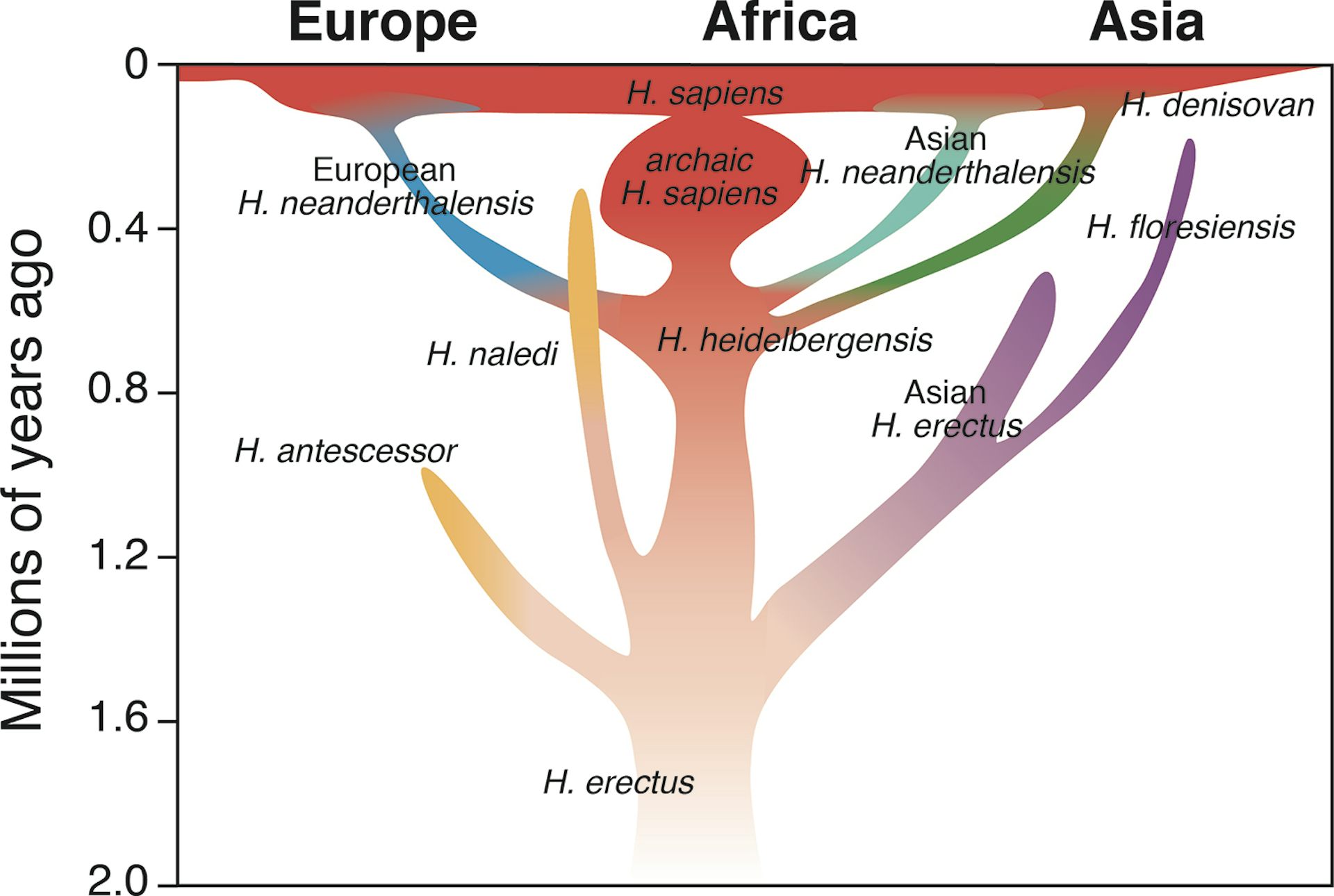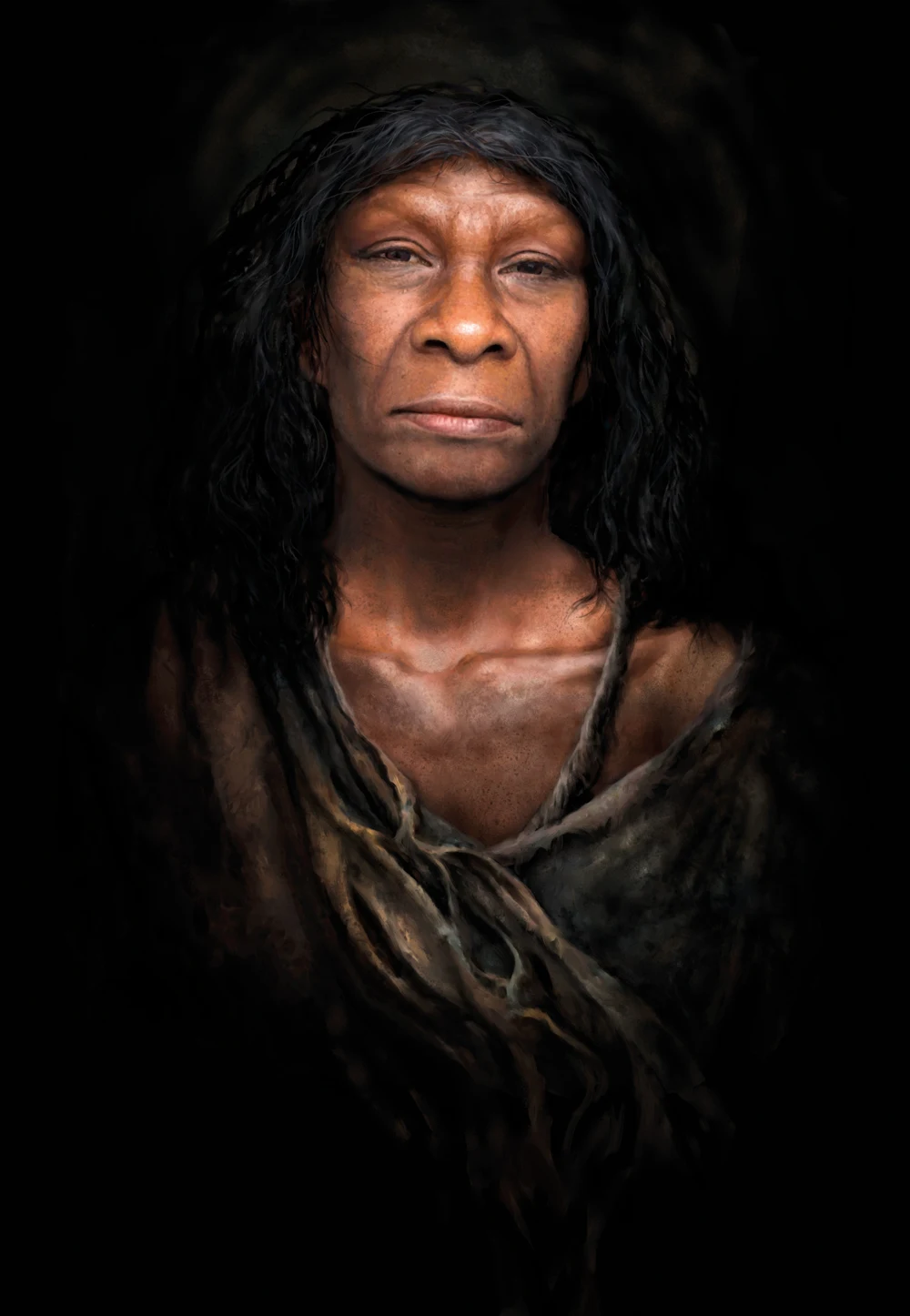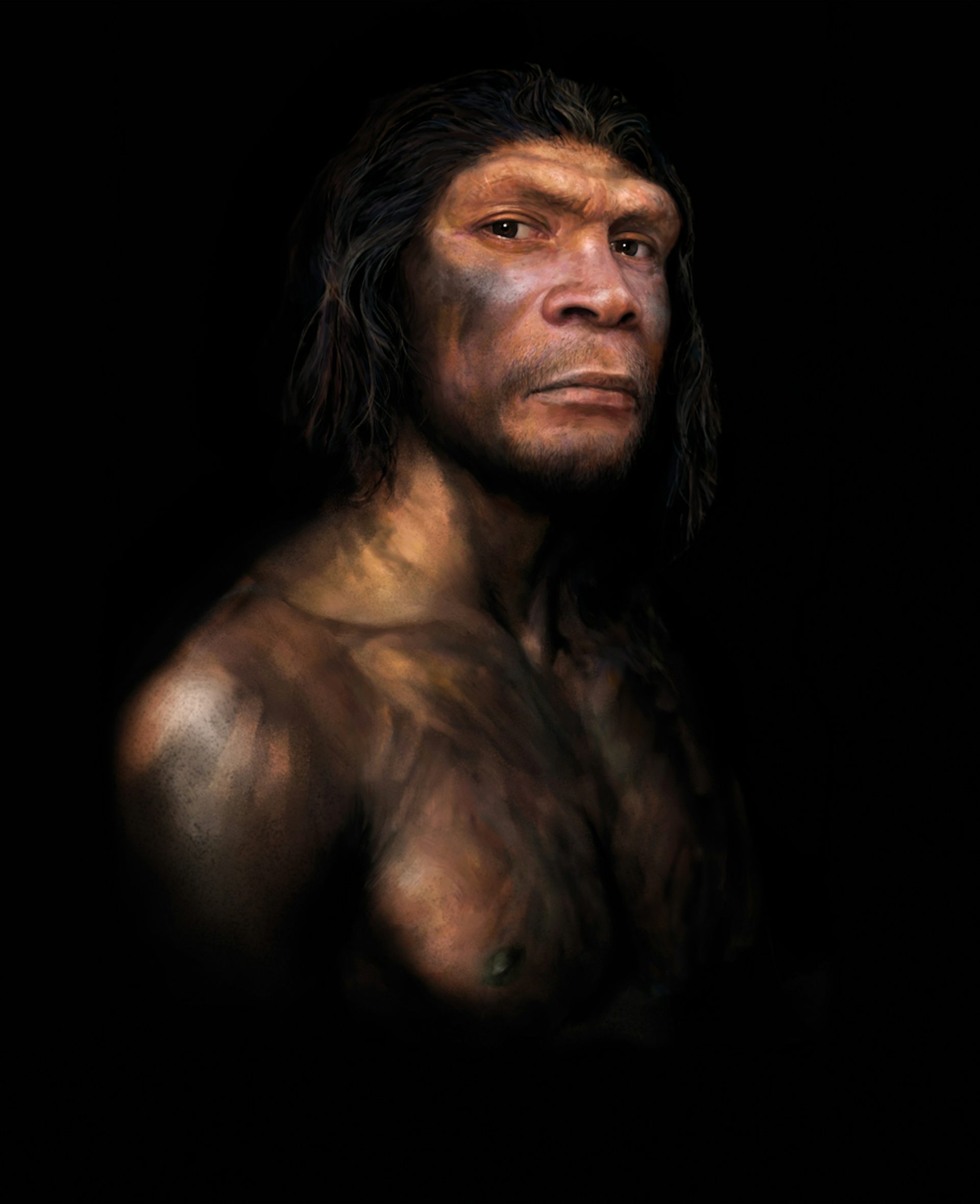With almost everyone living north of the Saharah having up to 4% Neanderthal DNA, this means the 8 billion modern humans alive today have between them more DNA that the entire Neanderthal species ever had. So much for the extinction of our close cousins, Homo neanderthalensis.
This is one of the surprising facts about Neanderthals revealed by Peter C. Kjærgaard, Professor of Evolutionary History and Director, Natural History Museum of Denmark, University of Copenhagen, Mark Maslin, Professor of Earth System Science, University College, London, UK and the Natural History Museum of Denmark, and Trine Kellberg Nielsen, Associate Professor, Department of Archeology and Heritage Studies, Aarhus University, Aarhus, Denmark, in an open access article in The Conversation recently.
Neanderthals lived in Eurasia for about 400,000 years, compared to the modern humans 40,000 year occupation. During that time, they evolved to adapt to a changing Northern Eurasian climate as the ice sheets expanded then retreated. By the time moderns arrived on the scene they had already begun to diversify into European and Asia subspecies and the Asian branch had already met, coexisted and interbred with a third species, the Denisovans, who have still to be given a definitive biological name.
Neanderthals probably evolved from an archaic hominin, H. heidelbergensis, itself a descendant of H. erectus which migrated out of Africa at an earlier date, although there has been an attempt to simplify the hominin evolutionary tree recently with a newly-named species, H. bodoensis, replacing several archaic species by regarding them as regional and temporal variants of H. bodoensis. Other authorities are continuing with the earlier nomenclature.
Why they became extinct is still something of a mystery with various contributory causes suggested, from inbreeding due to small population size and even smaller, isolated family groups, an inability to adapt to the changing climate at the end of the ice age, the fact that modern humans had domesticated dogs giving them an advantage when hunting, displacement and extermination by expanding modern humans, to simply being subsumed into the large and increasing modern population and subsequent elimination of all but the advantageous genes we inherited from them. In other words, they never did go extinct and live on in us.
Here is how the three authors in The Conversation see Neanderthals as fitting into the Hominin tree, and the contribution they made to the non-African part of modern humanity. Their article is reprinted here under a Creative Commons license, reformatted for stylistic consistency. The original article can be read here:

Neanderthals died out 40,000 years ago, but there has never been more of their DNA on Earth
Peter C. Kjærgaard, University of Copenhagen; Mark Maslin, UCL, and Trine Kellberg Nielsen, Aarhus University
Neanderthals have served as a reflection of our own humanity since they were first discovered in 1856. What we think we know about them has been shaped and moulded to fit our cultural trends, social norms and scientific standards. They have changed from diseased specimens to primitive sub-human lumbering cousins to advanced humans.
We now know Homo neanderthalensis were very similar to ourselves and we even met them and frequently interbred. But why did they go extinct, while we survived, flourished and ended up taking over the planet?
Neanderthals evolved over 400,000 years ago, most likely from an earlier ancestor Homo heidelbergensis. They were extremely successful and spread across an area from the Mediterranean to Siberia. They were highly intelligent, with brains on average bigger than Homo sapiens‘s.
They hunted for big game, collected plants, fungi, and seafood, controlled fire to cook, made composite tools, made clothes from animal skins, made beads from shells, and were able to carve symbols on to cave walls. They took care of their young, old and weak, created shelters for protection, lived through harsh winters and warm summers, and they buried their dead.
Neanderthals did meet our ancestors on several occasions over the course of tens of thousands of years and the two species shared the European continent for at least 14,000 years. They even mated with each other.

Our common ancestor lived less than a million years ago.
Credit: Kjærgaard, Nielsen & Maslin, Author provided
Death of a species
The most significant difference between Neanderthals and ourselves is that they went extinct about 40,000 years ago. The precise cause of their demise still eludes us, but we think it was probably the result of a combination of factors.
First the climate of the last ice age was very variable, shifting from cold to warm and back again, which put pressure on animal and plant food sources and meant Neanderthals constantly had to adapt to environmental change. Second there were never that many Neanderthals, with the overall population never exceeding the tens of thousands.
They lived in groups of five to 15 individuals, compared with Homo Sapiens that had groups of up to 150 individuals. These small isolated Neanderthal populations may have been increasingly genetically unsustainable.
Third there was competition with other predators, particularly the groups of modern humans that emerged from Africa about 60,000 years ago. We speculate that many Neanderthals may have been assimilated into the larger bands of Homo sapiens.
Where’s the evidence?
Neanderthals left numerous traces for us to examine tens of thousands of years later, much of which can be seen at the special exhibition we have helped curate at the Natural History Museum of Denmark. Over the past 150 years we have collected fossil bones, stone and wooden tools, found trinkets and jewellery they left behind, uncovered burials, and now mapped their genome from ancient DNA. It seems that 99.7% of Neanderthal and modern human DNA is identical and they are our closest extinct relatives.
Perhaps the most surprising fact was evidence of interbreeding that has left traces of DNA in living humans today. Many Europeans and Asians have between 1% and 4% Neanderthal DNA while African people south of the Sahara have almost zero. Ironically, with a current world population of about 8 billion people, this means that there has never been more Neanderthal DNA on Earth.
The Neanderthal genome also helps us understand more of what they looked like, as there is evidence that some Neanderthals evolved pale skin and red hair long before Homo sapiens. The many genes that are shared between Neanderthals and modern humans are linked to anything from the ability to taste bitter foods to the capacity to speak.
We have also increased our knowledge of human health. For instance, some Neanderthal DNA that might have been beneficial to humans tens of thousands of years ago now seems to cause issues when combined with a modern western lifestyle.
There are links to alcoholism, obesity, allergies, blood clotting, and depression. Recently, scientists suggested an ancient gene variant from Neanderthals might increase the risk of serious complications from contracting COVID-19.
Holding up a mirror
Like the dinosaurs, the Neanderthals didn’t know what was coming. The difference is that the dinosaurs disappeared suddenly following a giant meteorite hit from outer space. To the Neanderthals extinction happened gradually. They eventually lost their world, a comfortable home they had successfully occupied for hundreds of thousands of years that slowly turned against them, until existence itself was unsustainable.
In that sense, Neanderthals now serve a different purpose. We see our reflection in them. They didn’t know what was happening to them and they had no choice but to continue down the road that eventually led to extinction. We on the other hand are painfully aware of our situation and the impact we have on this planet.
Human activity is changing the climate and is leading straight into a sixth mass extinction. We can reflect on the mess we have landed ourselves in and we can do something about it.
If we don’t want to end up like the Neanderthals, we better get our act together and collectively work for a more sustainable future. Neanderthal extinction reminds us that we should never take our existence for granted.
Peter C. Kjærgaard, Professor of Evolutionary History and Director, Natural History Museum of Denmark, University of Copenhagen; Mark Maslin, Professor of Earth System Science, UCL, and Trine Kellberg Nielsen, Associate Professor, Department of Archeology and Heritage Studies, Aarhus University
The intriguing thought to me is that Neanderthals may not have gone extinct at all but the two species simple merged.
I leave Bible literalists to worry about how this fits their narrative of a founding couple if we don't even have a single founding species. When and where did 'The Fall' happen and to whom?





No comments :
Post a Comment
Obscene, threatening or obnoxious messages, preaching, abuse and spam will be removed, as will anything by known Internet trolls and stalkers, by known sock-puppet accounts and anything not connected with the post,
A claim made without evidence can be dismissed without evidence. Remember: your opinion is not an established fact unless corroborated.